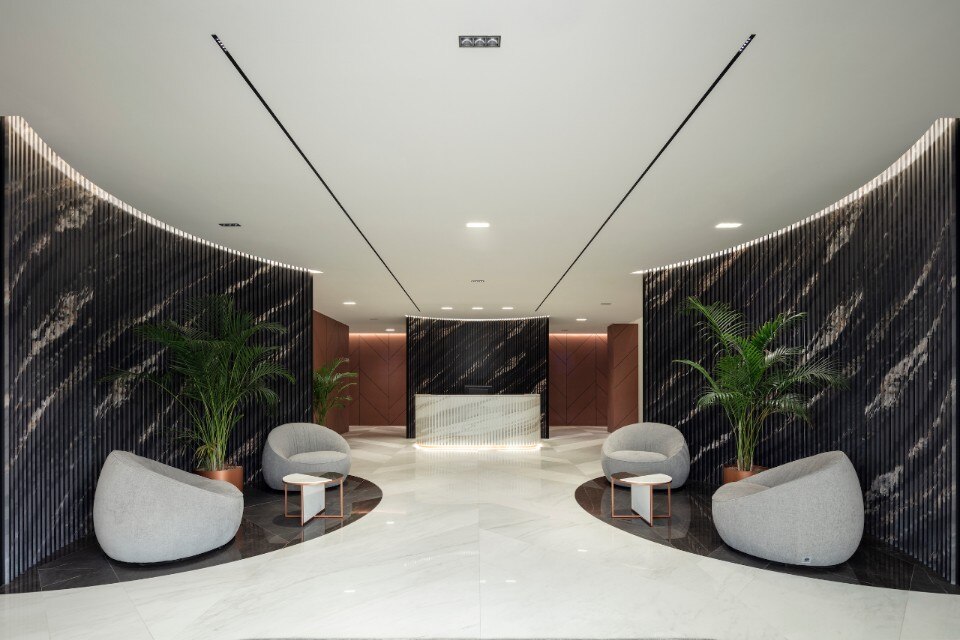For the first time this year, a number of projects address the urban and landscape scales. This interesting trend seems to show how the design of the form of energy technologies can finally be seen as an element that a community can understand, therefore helping to shape its life space.
Forrest Tempelhof by Felix Heisel and Jonas Klock, Universität der Künste Berlin, is the winning project this year. It is located in an urban area particularly dear to Germans in general and Berlin residents in particular. The Berlin Tempelhof airport has been closed to air traffic since 2008. It was famed for having been, among other things, the site of the airlift that guaranteed the supply of food to West Berlin when it was surrounded by the Soviets between 1948 and 1949. Waiting for its future re-use, this space — with its singular and recognizable shape — was left to the people who turned it into an area for growing vegetables, for picnics, or even just for sunbathing.
The project starts from the area's current spontaneous use to imagine its transformation into a sort of solar "forest" populated by photovoltaic trees neatly surrounded by a "ring" of different functions that mediate between the large airport scale and the city's denser scale and more fragmented morphology.
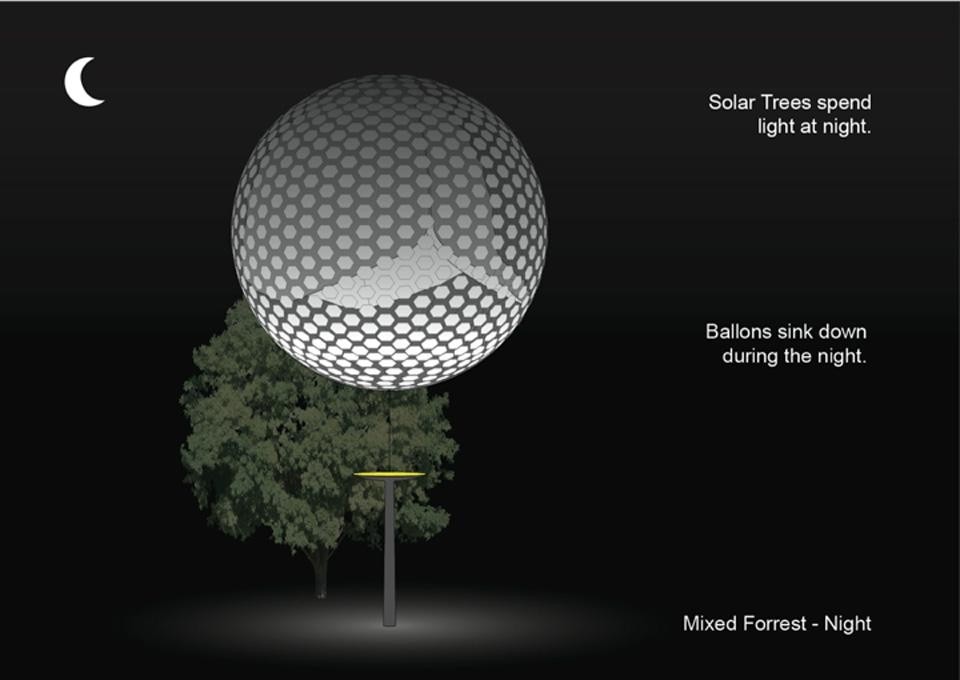
The basic design element in the reinterpretation of this landscape is a line with the idea of fostering a personal and intimate perception of the place that can bring the user closer to him or herself. This concept is expressed in a line that can change and wave with the wind, bend, speed up, slow down — without objects or surfaces to conceal the nature of the landscape. The line is intended to be "the blackest possible colour". Its three-dimensional form is made up of millions of filiform solar cell elements placed at a distance of 10 centimetres, creating a depth of 5 metres and a height of 10. This very dark absolute sign represents atmospheric density.
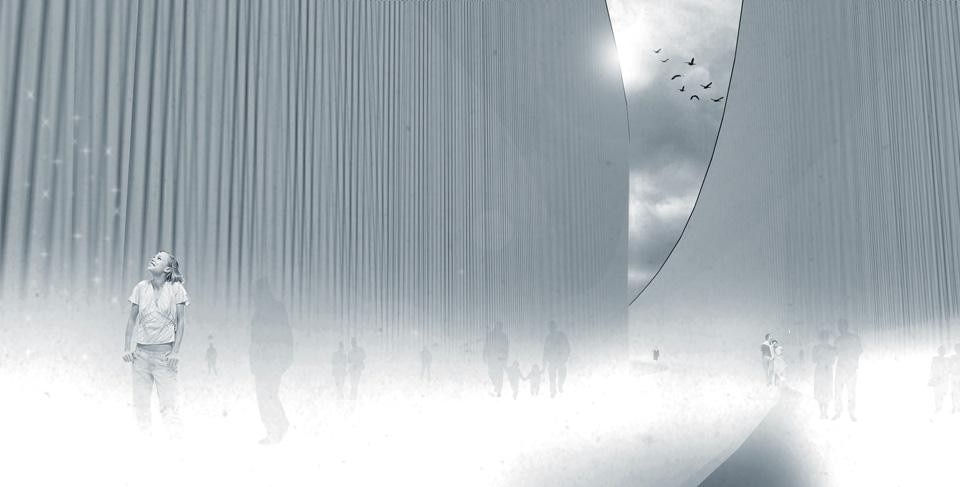
These young designers can be forgiven this flaw, which is also present in the Forrest Tempelhof project. There, the formal vision is entrusted to a sort of photovoltaic balloon whose eventual existence, once again remote, is relegated to the possibility of associating organic solar cell technology with a rather complex technological component (the ball).
These three projects work with very different and very interesting landscapes of history and memory
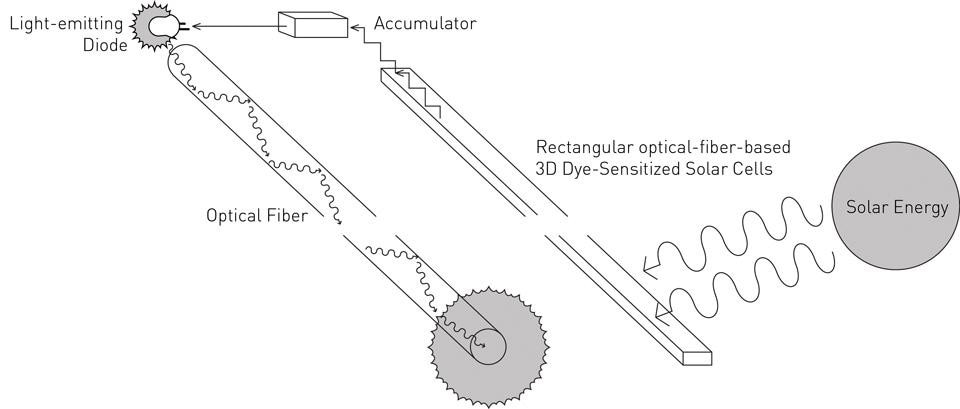
Concerned with a sudden and substantial population increase which could result in poorly controlled building activity, the village chief asked an interdisciplinary group of students from the [a]FA association to imagine ecological development for Guabuliga.
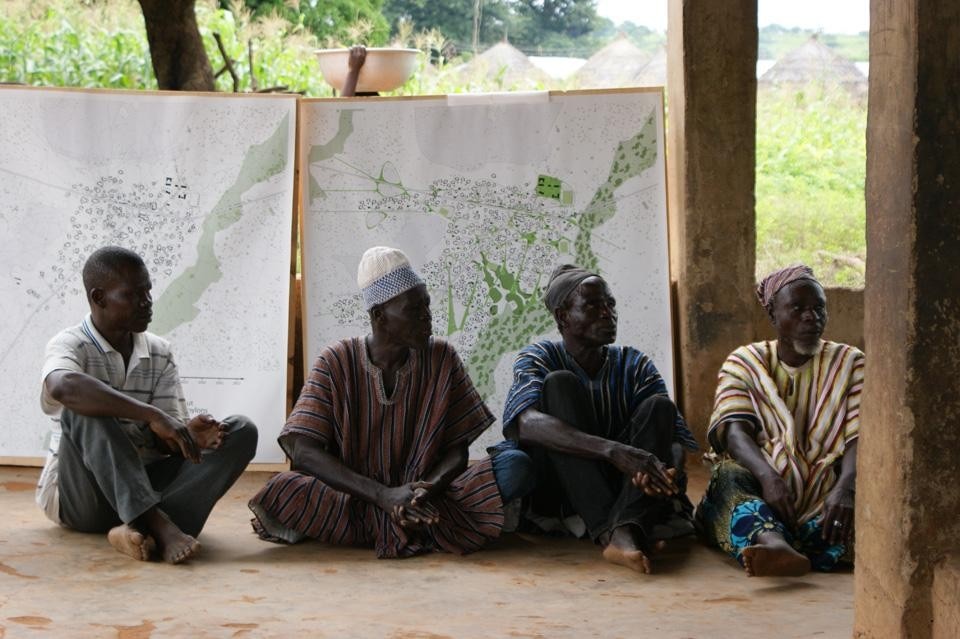
Belts of trees that can produce food, cool and moisten the air, and provide shade are the project's main elements, which become the "infrastructure" for the area's development. The tree is as a meeting place, a place for electricity and water, and becomes a symbol of the village's development, marking, for example, the entry to the new dwellings.
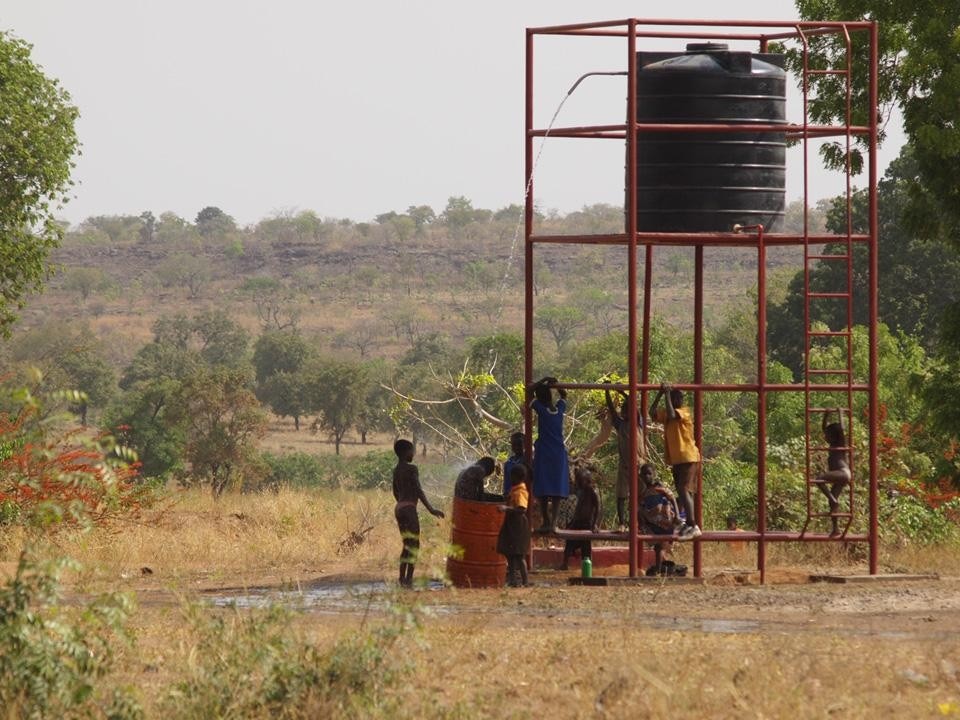
Guabuliga, Well by the thorn tree speaks of a kind of return to origins and of the sun as the only means of access to energy in some social and cultural contexts. It also speaks of how a tree, the knowledge of landscape cycles and change, and the "symbolism" of the energy issue can shape human space and thus social life, even before being built.
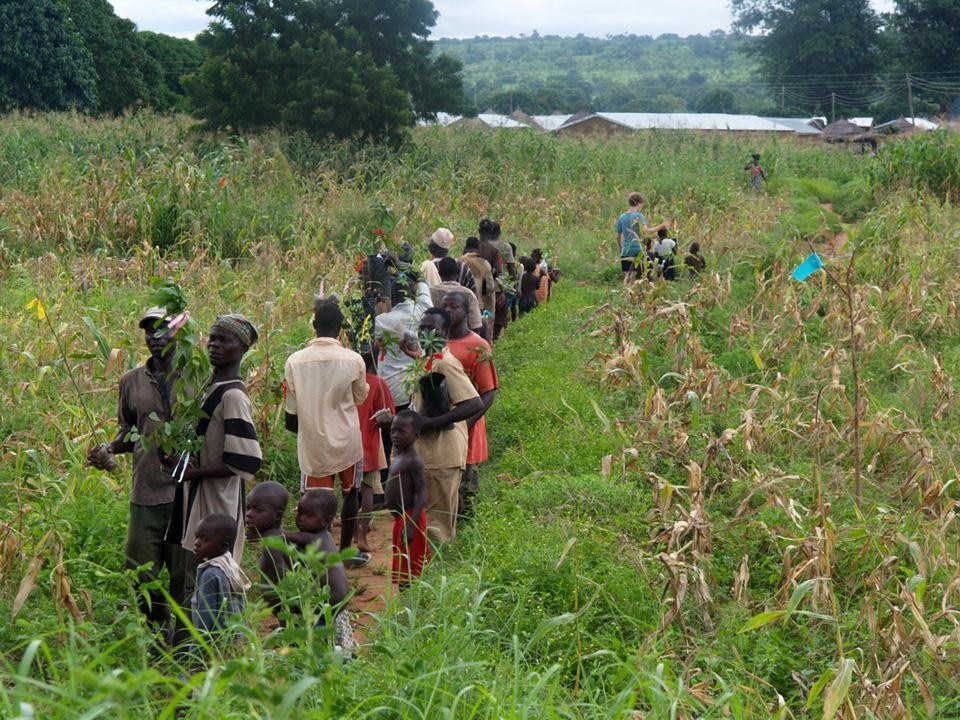
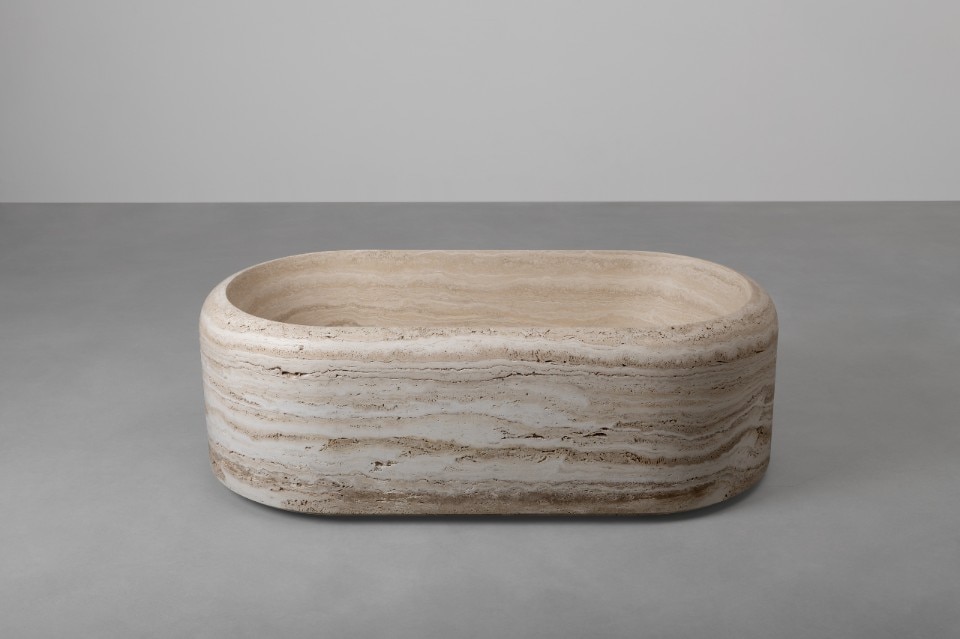
Designing from a single gesture: Vaselli’s latest collection
The Hoop series translates a morphological gesture into a family of travertine bathroom furnishings, where the poetry of the material meets the rigor of form.



